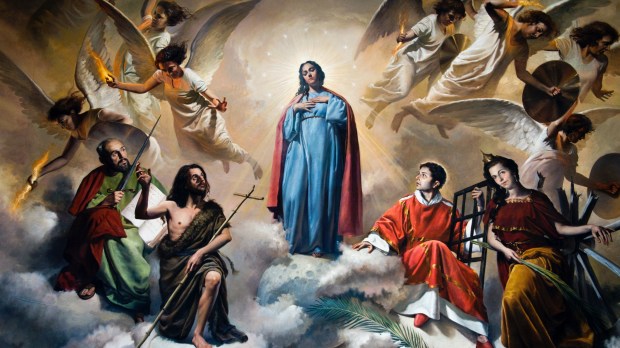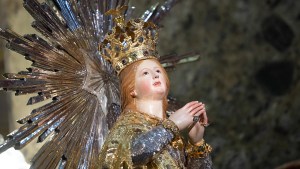The October 7 feast of Our Lady of the Rosary was formerly known as Our Lady of Victory, due to the triumph of the fleet of the Holy League against the Ottomans on this day in 1571. The Holy League (a joint force formed by the Papal States, the Knights of Malta, The Kingdom of the Two Sicilies, Sardinia, the Kingdom of Spain, the Holy Roman Empire, Venice, Genoa and Savoy) fought and won an intense battle against the fleet of the Ottoman Empire – the Battle of Lepanto.
The League was vastly outnumbered. Pope St. Pius V ordered the churches of Rome opened for prayer day and night, encouraging the faithful throughout Europe to petition the intercession of the Blessed Virgin Mary through the recitation of the Rosary. When word reached Pope Pius of the victory of the Holy League, he attributed it to the intercession of the Blessed Virgin Mary. Thus, he added a new feast day to the Roman Liturgical Calendar: October 7 became the feast of the Holy Rosary.
Actually, Pope St. Pius V is called the “Pope of the Holy Rosary,” as he was especially known for his devotion to the Blessed Virgin Mary and for being a great promoter of the Holy Rosary. Indeed, in 1569, he had already issued a Papal Bull, Consueverunt Romani Pontifices, in which he secured the uniformity of the Holy Rosary.
Documents show that in 1571, almost concurrently with the institution of the feast of Our Lady of the Rosary by Pope St. Pius V, the Confraternity of the Holy Rosary was established in the Dominican church of the Annunciation in Vittoriosa, making it the first official Confraternity of the Holy Rosary to be founded in the Maltese Islands, and probably one of the very first in the whole world!
An earlier Marian victory
In Malta an analogous extraordinary happening befell six years before. On September 8, 1565, the Maltese and the Knights of Malta prevailed against the Ottomans through another Marian miracle. On the feast day of the Nativity of Our Lady, in Malta also known as Marija Bambina (Baby or Little Mary), the smallest of Christian principalities won against the superpower of the time.
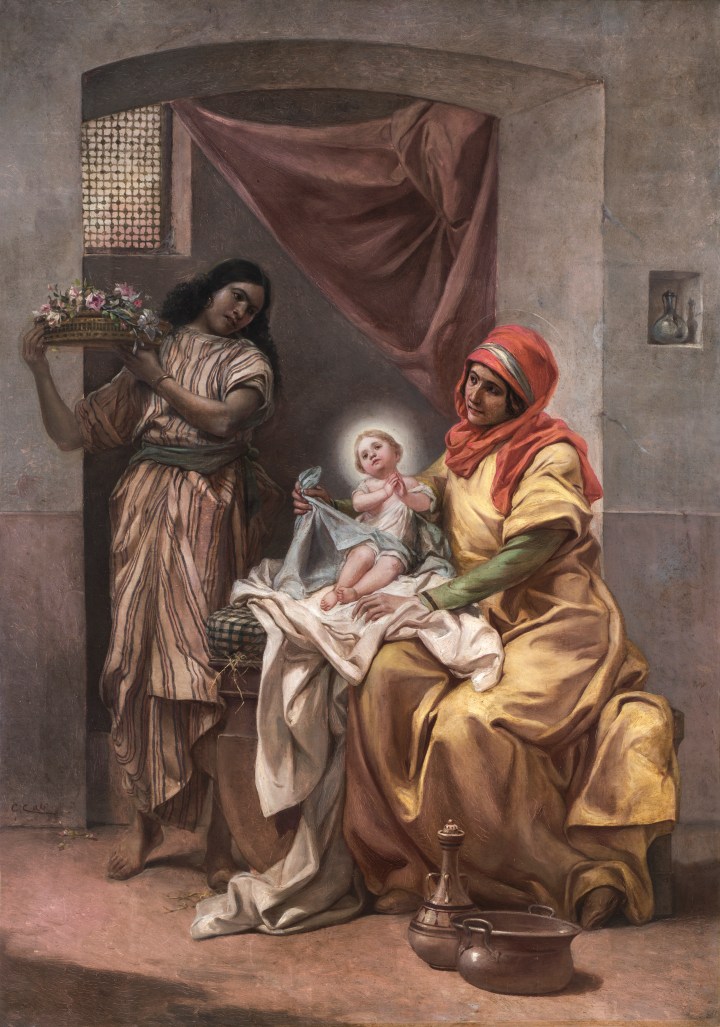
Old Parish Church of Għajnsielem, Gozo | Courtesy of the Għajnsielem
Parish Church and Fr. Frankie Bajada | Photo by Joseph Borg.
The story begins on May 18, 1565, when an armada of more than 200 warships was sighted off Malta. An invading Ottoman expeditionary force estimated to be 30,000 strong landed, and soon siege preparations began. However, the Knights of St. John and the Maltese prevailed against all odds and, after a terrible siege, the greatest superpower of the day abandoned the fight, accepted defeat, and sailed back home.
Even the Grand Master, Jean Parisot de la Valette, himself didn’t believe this was a coincidence! In fact, during the heroic struggle to defend the Holy Faith and Western Christendom, he found spiritual solace and prayed for guidance before the 12th-century Byzantine icon known as Damaskinì (Our Lady of Damascus or La Damascena), at that time in the church of Our Lady of Damascus in Birgu (or il Borgo).
Actually, on the lifting of the siege on that fateful day of September 8, he laid down his hat and his sword on the altar steps as votive offerings to show his gratitude and thanksgiving to Our Lady for delivering him, the defenders, and the whole of Western Christendom from the Ottoman Turks.
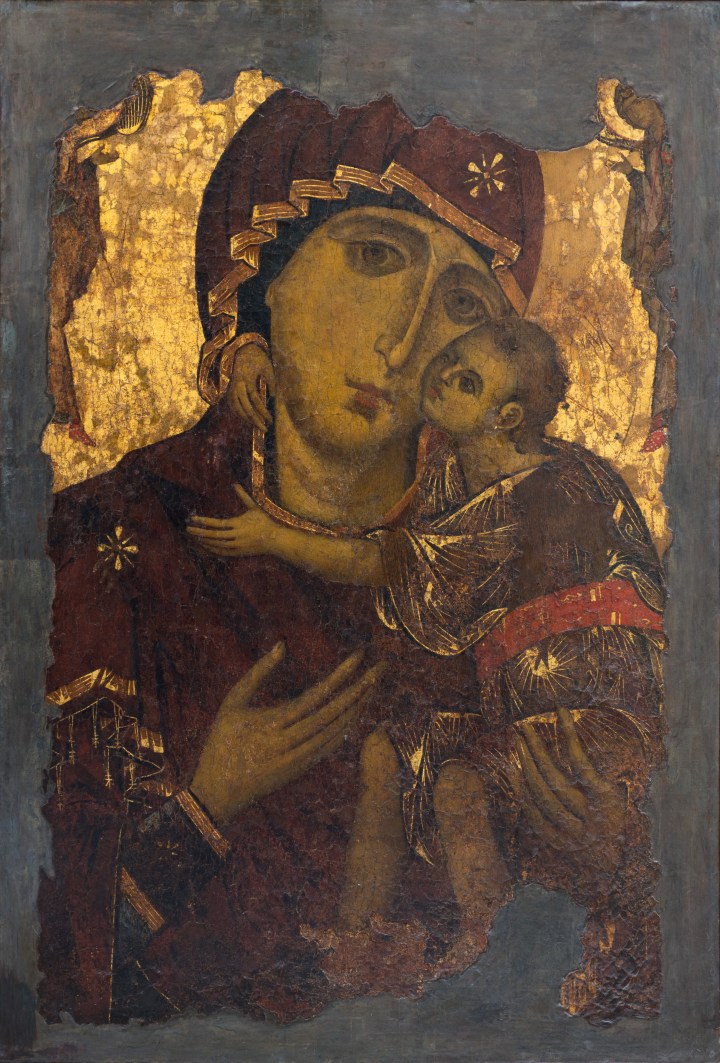
This victory was won against impossible odds, and nobody believed that the Turkish armada could be beaten by the relatively small garrison of the Knights of St. John the Baptist. It was a miracle — a grace granted by the Blessed Virgin to her devout children. Immediately, the Maltese and the Knights added another title to their Heavenly Mother and began to call her Our Lady of Victory (Maltese: Il-Madonna tal-Vitorja).
In 1566, La Vallette laid the foundation stone of his new city, which later was given his name to honour the great war leader – Valletta.
He ordered that the first building in his city was to be a church, which was erected on the foundation stone of the Fortress City, and he also financed the construction of this church. It was dedicated to the Nativity of the Blessed Virgin, and since it was on September 8 that the Turks lifted their siege, it was most appropriate to hail the Madonna as Our Lady of Victory.
On this occasion, the city of Birgu took the name of Città Vittoriosa and Senglea took the title of Città Invicta (Undefeated City). The citizens of Senglea also erected a church in honor of the Virgin’s Birth and Our Lady of Victory, to serve as a memorial of her intervention to help them achieve this memorable triumph – today’s parish basilica and Marian sanctuary. The churches in the Archipelago dedicated to the Nativity of the Blessed Virgin were also hailed as churches of Our Lady of Victories.
Birthday Mary is victorious Mary
In Malta and Gozo there are other major churches and sanctuaries dedicated to Mary’s birthday, including the Mellieħa parish, part of which is the millennial Marian National Shrine (the Mellieħa shrine is one of the 20 national Marian shrines forming the European Marian Network); the Collegiate Basilica of Xagħra, Gozo; and the Naxxar parish.
Apart from this one also finds smaller churches hailed with this title across the Islands. This shows the centuries-old devotion the Maltese have to Mary’s birthday, and their faith in Her unending intercession.
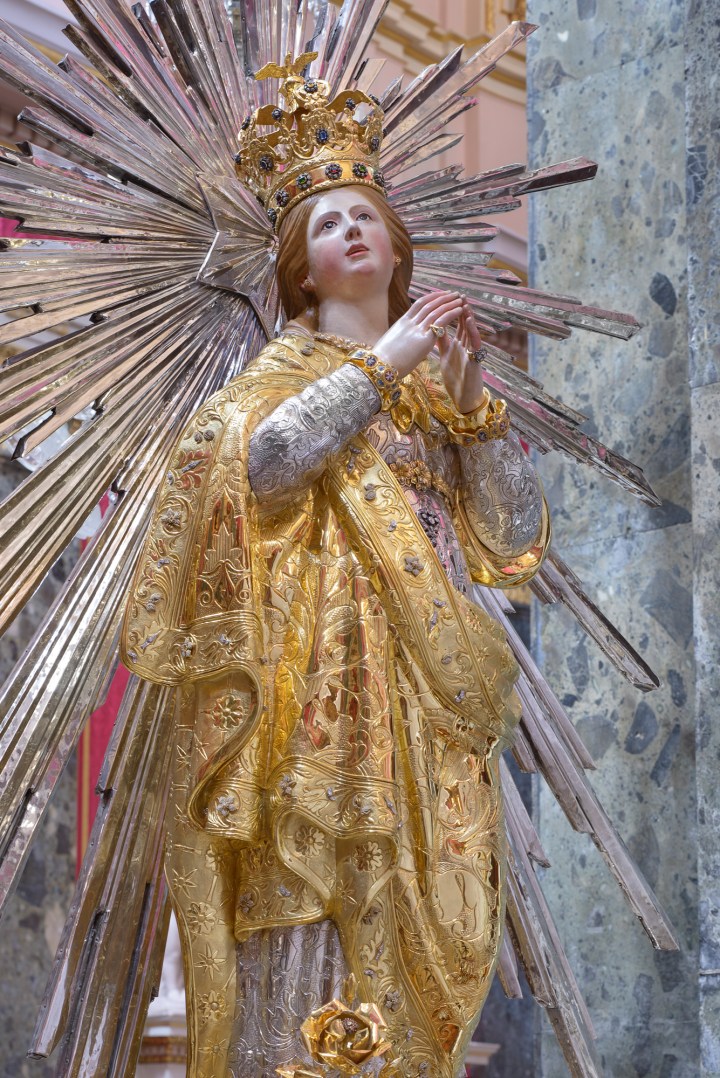
statue is also called Little Mary (Marija Bambina) due its small
size | Courtesy of the Basilica Parish of Marija Bambina of Senglea
Victories, not victory
But the Blessed Virgin Mary kept giving clear and astonishing signs of her assistance and protection to Malta, and the world, on the feast of her Nativity and Victories. This time it was 1943. On September 8, Italy unconditionally surrendered to the Allies. It was clear Mary protected her votaries again; indeed, the archpriest of Senglea received the much-awaited message that Malta was now safe and free during the procession with the titular statue through the bombed-out streets of the city.
That is why in Malta this National holiday is not just Our Lady of Victory, but Our Lady of Victories. She never turns away her gaze from us – when all seems lost, She makes haste to help us, and again, victory it is!
